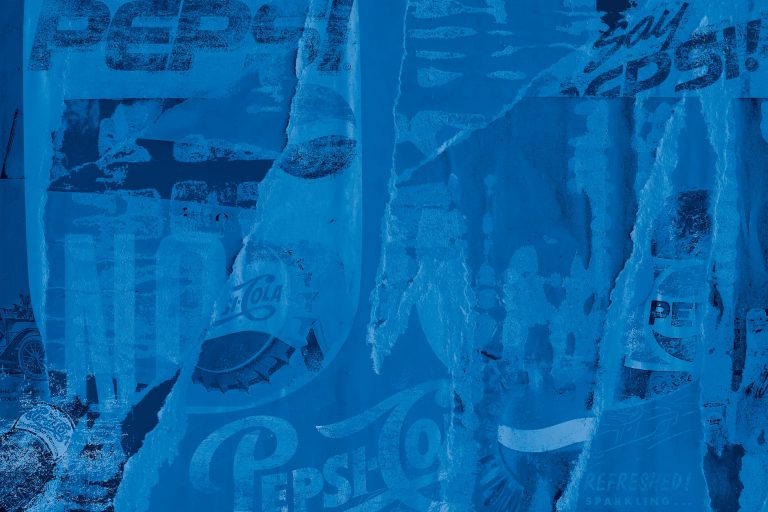Is your brand at risk of these unexpected threats?
Brand Risk | Brand Risk Management
Threats to your brand’s relevance are everywhere – externally and internally. Let’s explore five of the most common (yet unexpected) threats that we see.
Threat #1: The subtext of branding
What many business owners don’t always understand is that brand isn’t just about the about the logo, website and packaging. Although the process may take the surface level view of building a brand, you don’t build the brand itself. A brand is about trust. And you must work to build that trust. And when you understand this, you also start to understand that your business’ brand is not actually about your business at all.
It’s about your consumers (and what they want); it’s about your competitors (and why/how you’re not them); it’s about the world (and your position relative to the complex variables that shape the human experience that we all navigate). So, to build up trust… a.k.a. to build your brand, you must set about a process of adding as much value as humanly possible. This is where it gets disheartening to many, because adding value is a long-term strategy. Whenever we talk about long-term strategies, the tendency is often of businesses owners to panic and assume the long term success means short term/immediate failure. What ‘failure’ means in their eyes varies, but usually it’s a lack of immediate sales/signups/leads. That fear is understandable. But, unfortunately, fear is also easily detectable by your consumers and clients. Fear infiltrates the business decisions that you make, trickling down into staff morale, brand, operations, marketing and day to day perception. ‘Long term’ is not the enemy of your success. Fear is.
Fear will keep you reactive, instead of future focused.
Fear tells you that you have to act now, without taking a considered approach.
Fear tells you to double down on resources already used, even if those decisions don’t best benefit your future position (or even if they actively harm it).
Fear actively stops you from building trust with your audience. And fear, reflected in your decisions, will transform your brand into one that audiences are resistant to. When your audience – whether that audience be current or future ideal – detects fear, they assume that it is indicative of an unstable organisation that therefore, isn’t trustworthy. And just like that, your brand crumbles. Chat with the branding agency that gets it.
Threat #2: Hidden brand stories
We speak often about brand voice – your brand voice is the vessel that communicates every single message… sales, internal or otherwise. Here’s what many don’t realise, though:
Your brand tells two stories; the one you control and the one you don’t.
The story you control is your carefully calculated messaging and formulaic approach to growth. The story you don’t control is what your audience hears in the story that you’ve created. And believe us when we say that what you tell your audience and what they hear don’t always align. In fact, a lot of the time, there’s a direct misalignment signalling an absence of strategy.
Acceptance here is key to success. Even though what your customers hear is what you most want to control, it’s least within your power to control. And when we consider that the heard story is often more powerful than the spoken story, we must be extra considerate of the power that peer reviews and mainstream perception wields over your overall brand reputation.
Threat #3: Reluctance to evolve & poor timing
Not changing/innovating sufficiently, or continuing to stand firm in values that consumers may no longer find relevant, can break your business model, and fast. Similarly, if the speed that your brand moves forward is out of sync with the speed at which your consumers want, need or accept change, your brand reputation will quickly move into the ‘confusing’ category.
Consider the following:
- What do your customers feel most impatient about?
- What, realistically, do they have time for?
- How fast are your competitors moving (and is this appropriate for the market?)
- What can you learn from your industry in where to speed up and where to slow down?
These are all valid lessons and again, they must always be considered in the context of your greater business strategy.
Threat #4: Misplaced marketing spend
Everyone wants the best bang for their buck and ROI in any marketing campaign, of course, is important. Increasingly, we’re seeing the responsibility for marketers to spend their budget widely becoming a hot topic in big business… however unfortunately, marketing spend is usually decided either:
- By what’s leftover from other ‘more important’ budget items;
- By what’s seen as ‘the least possible spend that we can get away with’; or
- By what’s seen as ‘the best way to outspend our competitors’.
None of these options are sound. Leaving key financial decisions to the dregs of other components of your overheads is in no way strategic, a ‘least effort possible’ approach never occurs in isolation and is usually also apparent in your customer service process (and that never ends well), and outspending your competitors is in no way sustainable (especially if you’re not outsmarting them, too).
When you couple this with the increasing pressure to be everything to everyone and everywhere online (Facebook! Twitter! YouTube! Snapchat! Instagram! LinkedIn!), strategic marketing plans – even if strong initially – are easily diluted by being spread too thin in relation to the resources managing those efforts, customer desires and where your audience actually wants to see you.
Once strategy is diluted, KPIs are dropped and ‘success’ becomes an ever-distant mirage that no one in your organisation is exactly sure how to measure. As a result, your brand appears wishy washy, poorly timed (see above) and that, again, loses trust.
Threat #5: Low insight (or inaccurate insight)
The life and death of your brand success hinges on your business’ ability to accurately read the human needs of your consumers and translate them into tangible, desirable and problem-solving ideas/concepts/products/services.
Of course, human emotion can’t always be measured in a tracking dashboard but the ability (or lack thereof) to find the humanity in your marketing intelligence dictates how your brand will succeed or fail in the eyes of your consumer.
In recent years, the emphasis on ‘big data’ has created an influx of brands that focus on their macro landscapes without considering the vital role of emotional pull.
The only true way to safeguard your brand against these threats is through a comprehensive audit, review and improvement process… not just of your brand, but of your business (including its systems, strategies and processes) as a whole. Smart, innovative brands who are committed to staying ahead of the curve must take brand seriously now, more than ever. How will your brand adapt in 2020?





